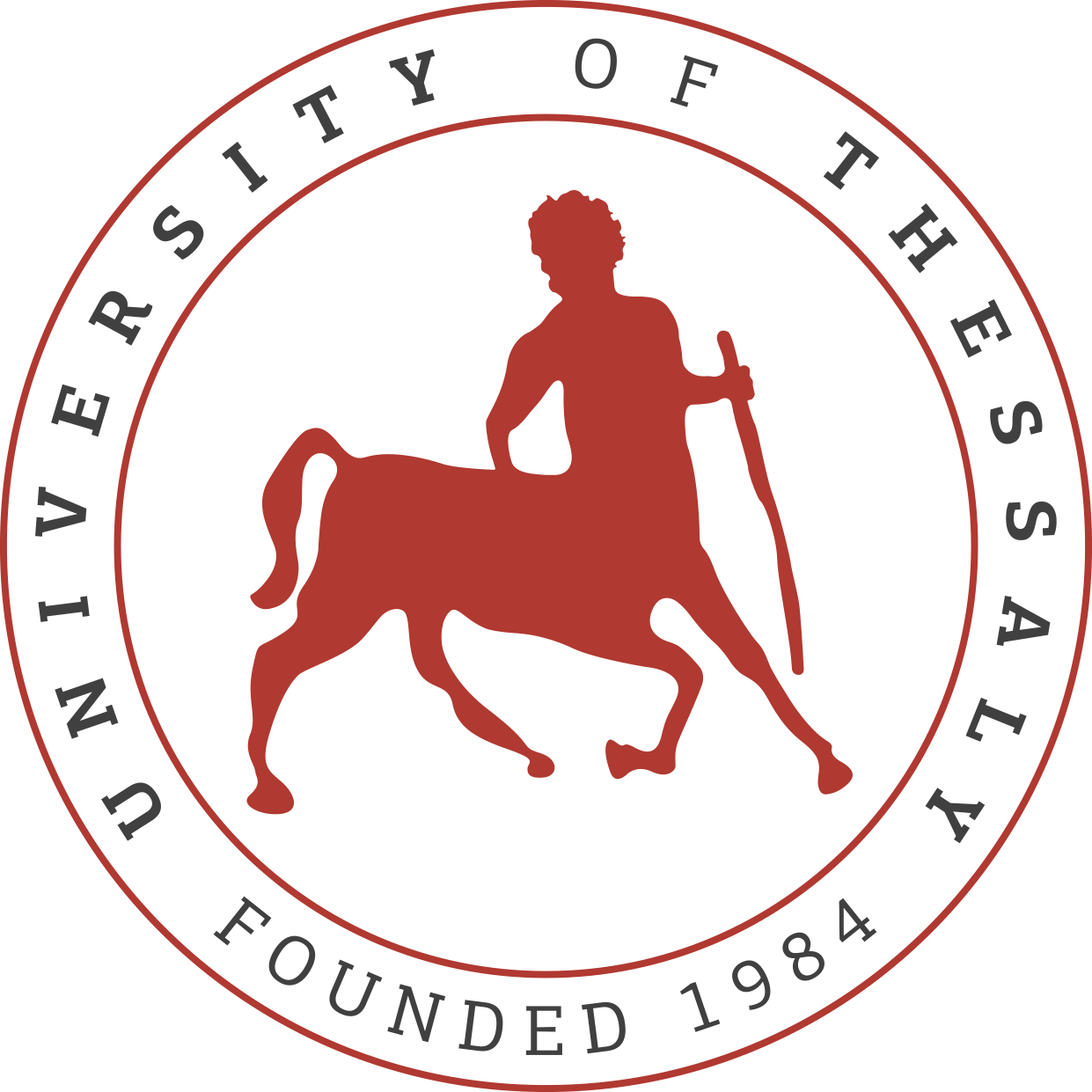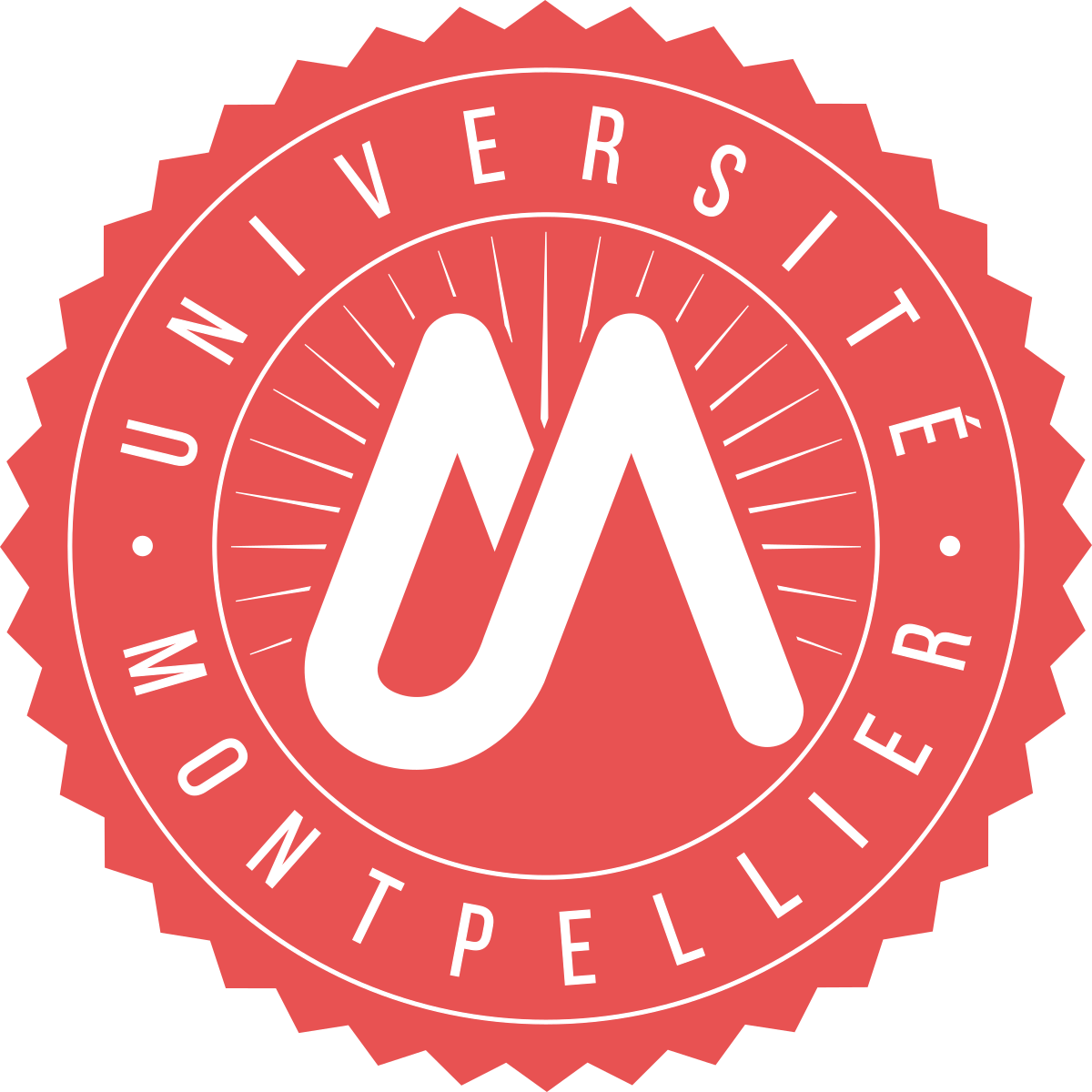Partners

University of Thessaly
The University of Thessaly (UTH) was founded in 1984 and welcomed its first group of students during the 1988-89 academic year. Its administration is based at the city of Volos, however it has expanded in both the Thessaly and the Continental Greece Regions, with presence at the cities of Volos, Larissa, Karditsa and Trikala. UTH comprises of 8 Schools, 37 Departments and 71 postgraduate masters programs. The CAS Lab that will participate in TWIN-RELECT project was founded in 2016 and is situated at the Dept. of Economics, School of Economics and Business in the city of Volos, Greece. It is an official lab of the EECE Department of the University of Thessaly. The lab is equipped with state-of-the-art infrastructure including commercial and custom-developed CAD tools, equipment for prototyping, characterization and testing of microelectronic circuits and systems, and access to foundries. The project coordinator Prof. Dr. Christos P. Sotiriou received his BEng Degree in Computer Science and Electronics in 1996, and his PhD Degree in Computer Science from the University of Edinburgh in 2001. He was promoted to Professor in 2013, and since 2014 he is with the University of Thessaly, in Volos, Greece, where he is also the Technical Lead of the Digital Group of the CAS Lab. Prof. Sotiriou has also worked as a consultant for Sonics Inc. (USA) and LN2 (Greece), and a visiting professor and principal engineer at Qualcomm (USA). He has participated in numerous industrial projects
National Center for Scientific Research (CNRS)
The National Center for Scientific Research (CNRS) is represented in the project by the IES, Institute of Electronics and Systems, which is a joint research unit between University of Montpellier and CNRS. IES is specialized in sensors, devices and systems for hostile environments. Within IES, the RADIAC (RADIAtion and Components) team is particularly focusing on reliability issues of electronics in radiation environments. With 30 members, the RADIAC team has a central role at national and international level, being the founder and a key contributor of the RADECS society and conference, and with the participation in large-scale European projects such as RADSAGA, RADNEXT, RADMEP. RADIAC team members posses complementary skills on materials, solid physics, matter-radiation interaction, devices, electronic systems, with experimental experience and thorough simulations and prediction tools. The know-how of the RADIAC team can be grouped into 4 areas of expertise: Monitoring (Development of radiation sensors); Modeling (Development of simulation and prediction tools); Analysis and understanding of failure mechanisms; Experimental testing: Carrying out tests and implementing test methodologies. RADIAC team proposes solutions to industry (Thales, SAFRAN, 3Dplus, Microchip, TRAD) and agencies (CERN, CNES, ESA, CEA) to make their products more reliable for applications for space, avionics, defense, large accelerators, transport, medical and nuclear plats. Together with CEA, RADIAC hosts the platform PRESERVE, a research infrastructure designed for the irradiation of components and electro-magnetic injection. In addition, the participating team has developed in-house radiation effects simulation tools ECORCE and PredicSEE, which will be used in the project for training and research.


University of Montpellier
The University of Montpellier is a public research university located in Montpellier, in south-east of France. Established in 1220, the University of Montpellier is one of the oldest universities in the world. The university was split into three universities (the University of Montpellier 1, the University of Montpellier 2 , and the Paul Valéry University Montpellier 3) for 45 years from 1970 until 2015 when the merger of the two former subsequently reunified it, with the latter, now named Paul Valéry University, Montpellier III remaining a separate entity. The University of Montpellier secured 55th and 16th places in the world and Europe, respectively, in Reuters - The World's Most Innovative Universities 2018. It is also ranked among the top 200 universities in the Academic Ranking of World Universities 2019. In the Times Higher Education Impact Rankings 2022 it was ranked in the top 200 universities, coming first in France. Furthermore, it was ranked 98th best university in the world and best French university outside Paris according to the University Ranking by Academic Performance 2021–2022. Finally, according to the Performance Ranking of Scientific Papers for World Universities, or NTU Ranking, it is placed 137th in the world for the year 2022.
University of Manchester (UOM)
The University of Manchester (UOM) is represented by the Advanced Processor Technologies (APT) group led by Prof. Steve Furber. The group researches advanced and novel approaches to processing and communication and is based in the School of Computer Science at the University of Manchester. Leveraging its strong expertise on brain-inspired computing, the APT group is currently extending the focus of its research to make neuromorphic computing affordable within the tight resource budgets of edge artificial intelligence applications. Enabling technologies under development span the hardware/software stack, including low-power AER routing, analog mixed-signal realizations, and hybrid SNN-ANN solutions. As neuromorphic circuits are increasingly used to validate brain-inspired computational paradigms in real-world scenarios, especially at the edge, reliability is becoming a first-class design and operational constraint. For this reason, the APT group is devoting increasing attention to the development of a new generation of fault-tolerant neuromorphic computing technologies. Following a few prototyping and publication milestones in the field, in this project UoM intends to team up with historical and new partners to bridge the most relevant gap in this direction: the lack of electronic design automation tools capable of driving designers toward the cost-effective design of reliable SNN and ANN accelerator architectures with technology awareness. The resources to be committed are small-scale board-level hardware setups of the SpiNNaker1 and SpiNNaker2 neuromorphic computing architectures, as well as the HDL model and the synthesis tool flow of TaBuLA, a leading bundled-data asynchronous network-on-chip which is currently bringing mixed-signal neuromorphic platforms within previously-unaffordable tight power budgets.

Leibniz Institute for High-Performance Microelectronics (IHP)
The Leibniz Institute for High-Performance Microelectronics (IHP) has over 400 scientists, engineers, and technicians conducting R&D in material research, process technology, circuit design, and system design. In TWIN-RELECT, IHP participates with its System Architectures Department. The participating team conducts research on modeling and analysis of fault mechanisms in digital circuits and the design of fault-tolerant circuits and systems for safety- and mission-critical applications such as space, avionics and automotive. The planned work will be conducted at IHP premises in Frankfurt (Oder), Germany. The group possesses state-of-the-art tools and equipment for the design, implementation and characterization of integrated circuits, as well as customized in-house software tools for the design of fault-tolerant chips. Furthermore, IHP owns on-wafer testers (based on Advantest 93k platform) for digital, mixed-signal as well as RF measurements performed on a wafer scale. They are also used for functional verification of production lots at different temperatures. Besides the technical capabilities, the IHP team has a lot of experience in managing collaborative projects. The involved team has participated in many national and multi-national collaborative research and development projects, partly funded by the EU. The IHP team is currently coordinating an EU-funded MORAL project (https://www.moral-project.eu), aimed at the development of a rad-hard microcontroller for space applications.
